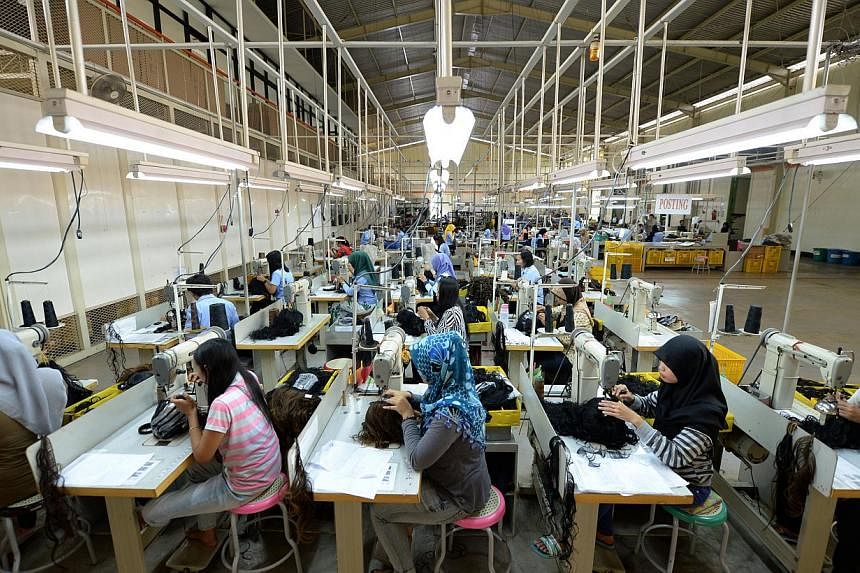The soon-to-be-established Asean Economic Community (AEC) envisages a region fully integrated into the global economy with freer flow of capital. However, individual countries should be aware that sustainable economic growth requires technological progress at home - supported by deep and broad financial systems.
South-east Asia has invested a significant proportion of national savings primarily in US dollar-denominated assets. And the proportion of bond markets to gross domestic product (GDP) in most of South-east Asia stands well below 100 per cent, compared to Japan's 220 per cent.
While market capitalisation of listed companies as a percentage of GDP is 116 per cent in the United States, and exceeds 100 per cent in Malaysia, the Philippines, Singapore and Thailand, the percentage is remarkably lower in Indonesia, with 45 per cent, and Vietnam, with 21 per cent.
Gross national savings as a percentage of GDP - an indicator of a country's growth, as savings are a main source of government borrowing to fund public services - is 50 per cent in China, but only about 30 per cent in Indonesia and Vietnam, and below 20 per cent in Cambodia and Myanmar.
The over-reliance on foreign capital has made Asean economies subject to calamities of the world economy. But the problem is not merely financial.
In his book The Rise Of Ersatz Capitalism In South-East Asia, published more than a quarter-century ago, Kunio Yoshihara defined "technology-less" industrialisation and analysed that "their (South-east Asian capitalists') technological dependency is not temporary but, being structural, semi-permanent".
These structural problems still persist. Foreign direct investment has not been effective in transferring technology from advanced economies. Rather, it has stalled the development of domestic capital markets essential for supporting innovation and technological progress.
In South-east Asia, start-up companies do not thrive without venture capital markets. Small and medium-sized enterprises (SMEs) are regularly credit-constrained, as banks often favour state-owned enterprises and business tycoons, who exert their political influence to extract funds from the market.
The lack of finance due to deficient capital markets makes SMEs in South-east Asia specialise in low-technology, labour-intensive and low-risk tasks, while foreign multinationals typically occupy the higher value-added segments of the global value chain (GVC). This is in contrast to the SMEs in advanced economies, which are the breeding grounds for innovation and technological progress.
Fostering technological pro-gress and upgrading industries in the GVC requires coordination at the macroeconomic level. South-east Asian countries need to develop a much broader base to pool savings - for example, by helping more people to open a bank account - which enables risk diversification. The pooled savings must then be channelled through the market to allow firms to invest long-term and take more risks in trying to spur innovation and technological progress.
Non-bank financial institutions, including pension funds, sovereign wealth funds and insurance systems, must be set up and play a key role in national infrastructure development to complement the market.
Singapore's GIC and Temasek Holdings can serve as role models for long-term investments in the region. Supplementing these initiatives, the legal, tax and regulatory frameworks must be strengthened.
Instead of financing basic infrastructure or SMEs, the savings in South-east Asia are flowing to property markets. We are witnessing the emergence of a property bubble in Iskandar, southern Malaysia, and surging property prices in cities such as Ho Chi Minh City and Phnom Penh.
Should such a speculative housing market prevail in other Asean markets, with credit expanding through collateral, it paints an
ominous picture for long-term growth in the region.
Tomoo Kikuchi is Senior Research Fellow and Takehiro Masutomo is Research Associate, Centre on Asia and Globalisation, Lee Kuan Yew School of Public Policy, National University of Singapore.
S.E.A View is a weekly column on South-east Asian affairs.

